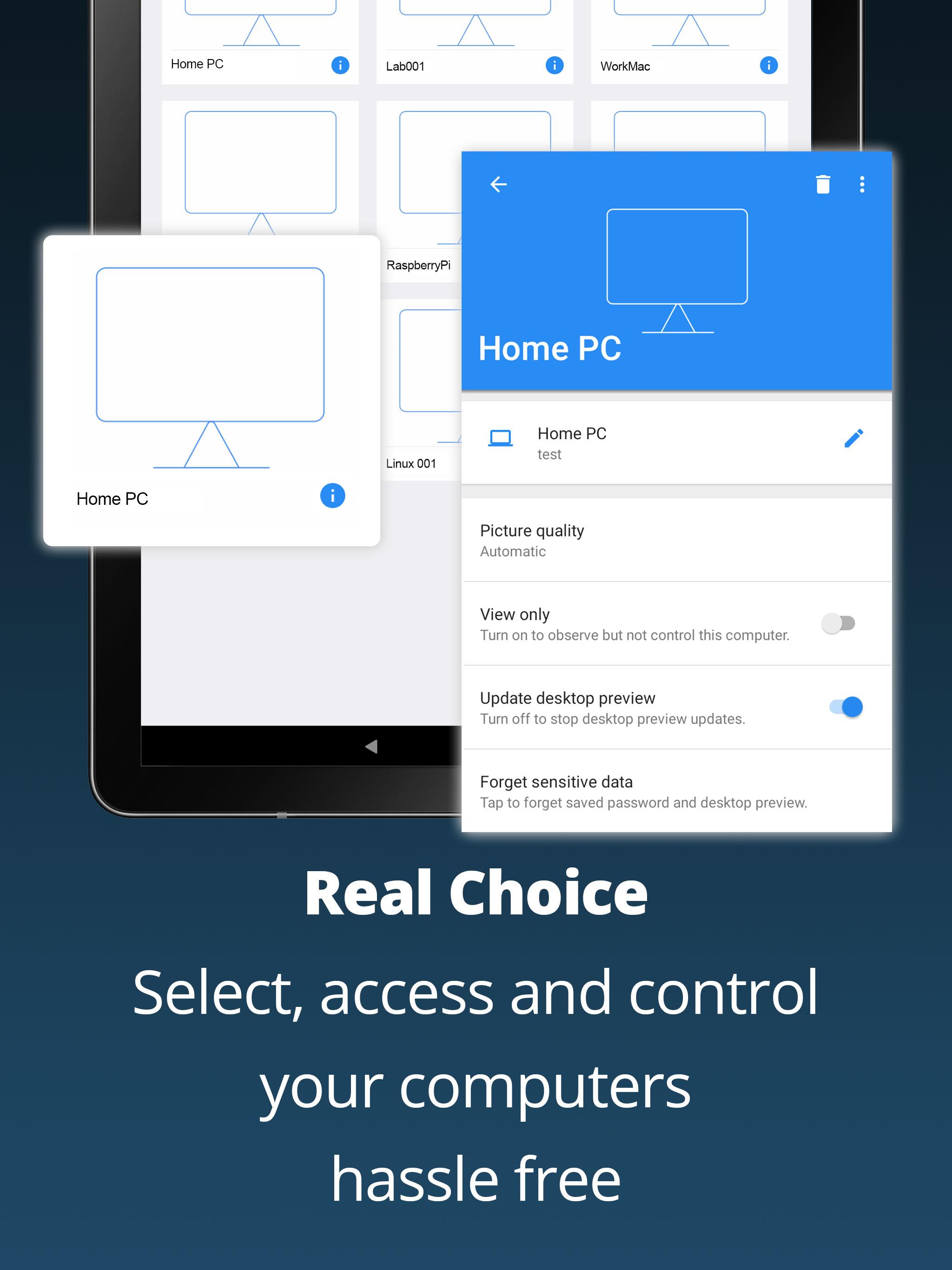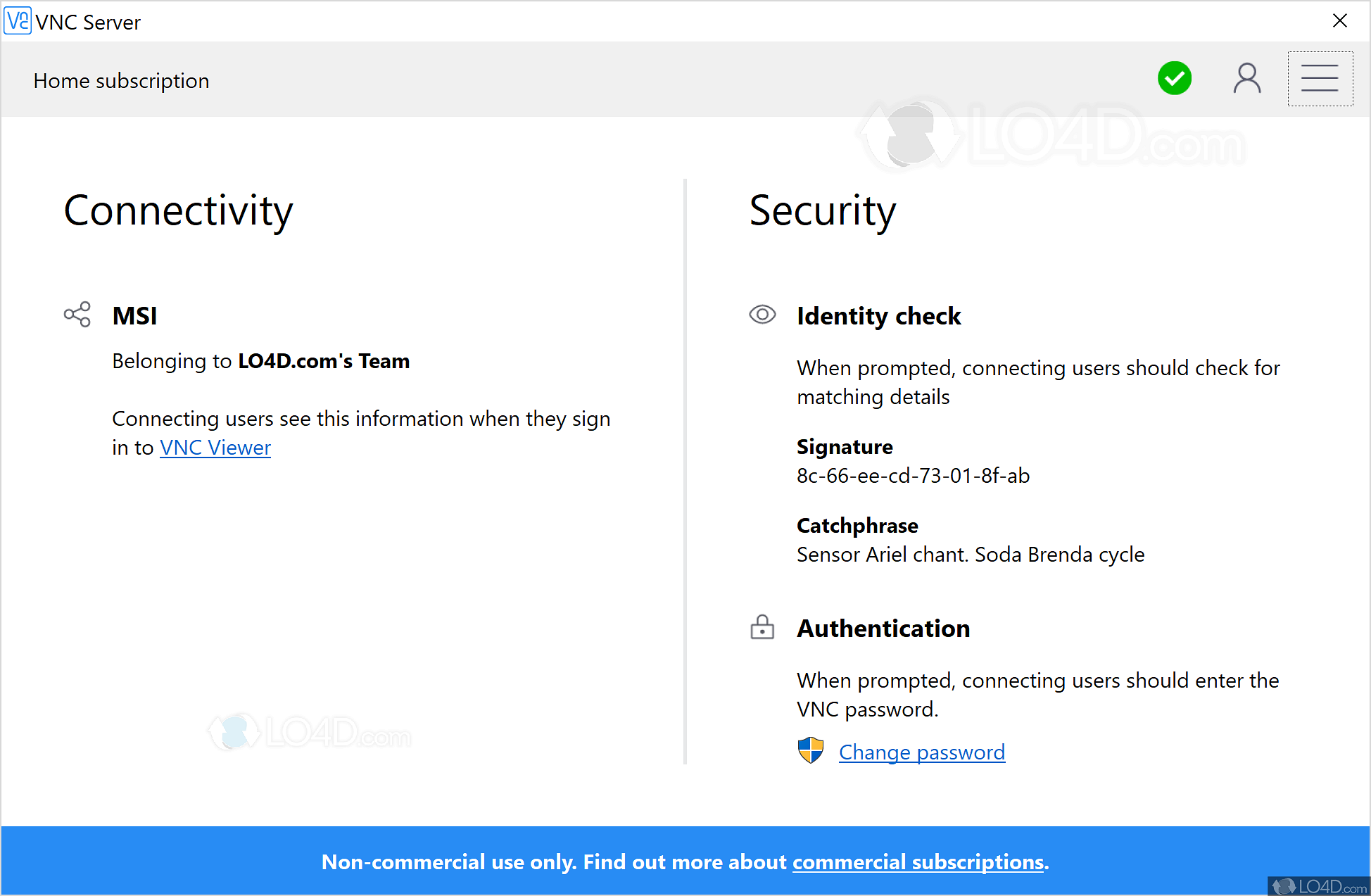Iot Remote Access Via VNC: Free Tools & Setup Guide!
Are you seeking the ability to control your Internet of Things (IoT) devices from across the globe, just as if you were right in front of them? Harnessing the power of Virtual Network Computing (VNC) is the key to unlocking this capability, providing seamless remote access and control of your IoT deployments.
Connecting to and managing your IoT devices remotely through VNC involves a series of straightforward steps. First, you'll need to install a VNC server, such as TightVNC Server, on your IoT device be it a Raspberry Pi, an NVIDIA Jetson Nano, or even a Google Coral. Concurrently, you'll need a VNC client on your access device, which could be a Windows or macOS computer.
VNC technology acts as a bridge, allowing you to access and control your IoT devices remotely. Whether you're managing a smart home, monitoring industrial IoT devices, or troubleshooting a system from afar, the ability to remotely connect is invaluable. This virtual interface replicates the physical experience, providing seamless operations and boosting productivity.
- Trending Now Alice Rosenblum Latest News Leaks
- Alice Rosenblum Unveiling Leaks Onlyfans More Latest Info
Lets delve into the specific components and methods involved in establishing a secure and effective remote access setup for your IoT devices using VNC. By following this guide, you'll gain a comprehensive understanding of the tools, techniques, and best practices to ensure your remote access experience is efficient and secure.
Virtual Network Computing (VNC) is a technology that allows you to access and control your IoT devices remotely, providing a virtual interface that mimics the physical experience. It is especially valuable for IoT applications where devices are often deployed in remote or inaccessible locations. This technology is not just for tech enthusiasts; it's a practical solution for managing various applications, including smart home automation, industrial IoT monitoring, and remote system troubleshooting.
The fundamental steps for remotely accessing an IoT device using VNC include installing a VNC server on the device itself and a VNC client on the machine from which you want to control it. For example, on a Raspberry Pi, you would install a VNC server like TightVNC Server. On your computer (Windows or macOS), you'd install a VNC client like RealVNC Viewer or Remote Ripple. Once configured, you can connect to the IoT devices graphical interface securely from any location with an internet connection. This setup allows you to run applications, edit files, and interact with your IoT device as if you were right in front of it.
Securing your VNC connection is paramount. One way to do this is by using SSH tunneling, which encrypts the data transmitted between the VNC client and the VNC server. This adds an extra layer of security, protecting your connection from potential eavesdropping. Other security best practices include using strong passwords and keeping your VNC server and client software up-to-date.
There are a number of tools available in this space, from the original RealVNC to other options like TightVNC and Remote Ripple. These tools provide different features and levels of security, so its essential to choose one that aligns with your specific needs and security requirements. Several are available as open-source solutions, while others offer paid plans with additional features. You can access your IoTs graphical interface securely from any location. Additionally, platforms like SocketXP offer remote access to your devices GUI desktop using VNC.
Free VNC Connect is widely used in various IoT applications, allowing users to remotely manage smart home devices connected to a Raspberry Pi, such as lights, thermostats, and security cameras. Also, with VNC, you can troubleshoot remote systems, access and manage industrial IoT devices, and take complete control of your smart home.
The ability to access and control your devices remotely is invaluable. Remote VNC IoT free solutions are transforming the way we interact with devices, enabling seamless control and management from anywhere in the world. From understanding the basics of IoT remote VNC to exploring free tools and best practices, this guide is designed to equip you with everything you need to know.
However, some users have reported issues with the pricing of RealVNC. It's essential to evaluate the available options and choose the best solution for your needs.
Some users have reported communications from RealVNC indicating that their service is no longer free and recommending a paid plan to continue using the service. This shift in pricing can influence users to consider other open-source or free alternatives such as TightVNC, UltraVNC, or TigerVNC.
When VNC Viewer fails to connect, it is often because the VNC server is not running properly. To resolve this, make sure the VNC server is running on the remote computer, and restart it if necessary. On Windows, you can do this by pressing Win + R, typing "services.msc," and clicking "OK."
Integrating RealVNC technology into your own products to deliver remote access capabilities, providing secure, reliable access to desktop and mobile devices to help your organization connected.
Furthermore, if you need to monitor and manage multiple VNC remote desktops, consider tools like MightyViewer, which allow you to view multiple live remote desktops simultaneously and take control of them as needed.
| Aspect | Details |
|---|---|
| Technology | Virtual Network Computing (VNC) |
| Primary Function | Remote access and control of IoT devices |
| Key Benefit | Enables seamless operations and enhanced productivity by allowing access from anywhere |
| Typical IoT Devices | Raspberry Pi, NVIDIA Jetson Nano, Google Coral |
| Core Requirement | VNC server installed on the IoT device and a VNC client on the access device |
| Security Measures | SSH tunneling, strong passwords, keeping software up-to-date |
| Popular VNC Tools | RealVNC Viewer, TightVNC, Remote Ripple, SocketXP |
| Applications | Smart home management, industrial IoT monitoring, remote system troubleshooting |
| Potential Challenges | Cost of commercial solutions; need for proper configuration |
| Troubleshooting | Ensure VNC server is running; restart if necessary |
| Additional tools | Mremoteng, MightyViewer |
One of the compelling aspects of using VNC for remote access is the ability to use a web browser. Several platforms and tools allow you to connect to your IoT devices directly through a web browser. This method simplifies the setup process, as it eliminates the need to install a VNC client. Log in to your IoT device using just a web browser and access a full desktop experience.
In addition to the web-based option, there are many VNC clients available for various operating systems, including Windows, macOS, iOS, and Android. Each of these clients enables you to establish a remote connection to your IoT devices. You can use a VNC client application on a device of choice to view and interact with the devices desktop from anywhere with an internet connection.
For example, using RealVNC Viewer to download allows you to remotely connect to your devices. Remote Ripple, available on Windows, macOS, iOS, and Android, is another option.
When selecting a VNC solution, several factors are essential to consider. One critical factor is the security features of the solution. Choose a VNC client and server that offers robust encryption and authentication to safeguard your connections. Ensure that you are using strong passwords and that your VNC server and client are regularly updated to protect against vulnerabilities.
The performance is another essential aspect to evaluate. Poor performance can significantly degrade your remote access experience. You'll want a solution that offers smooth, responsive control of your IoT devices. Tools like VNC Connect offer a range of performance settings that you can configure.
The price and licensing of the VNC tool are also important considerations. Some VNC solutions are free for personal use, while others require a paid subscription. Evaluate the features and capabilities of each option to ensure it meets your needs while staying within your budget.
Article Recommendations



Detail Author:
- Name : Alexandra Kassulke
- Username : hilda.torphy
- Email : dmacejkovic@bins.com
- Birthdate : 1994-10-26
- Address : 1661 Hintz Glen Apt. 994 West Jeffereystad, AL 59407-9280
- Phone : +1-321-319-8627
- Company : Jakubowski, Schroeder and Zboncak
- Job : Food Preparation
- Bio : Nam voluptate autem tempore corporis quis fugiat. Dolorem soluta nemo ducimus voluptatem nobis ipsa magni. Illum repellat quia eveniet est voluptatem id. Omnis error aspernatur quidem atque vel illo.
Socials
instagram:
- url : https://instagram.com/danika_hackett
- username : danika_hackett
- bio : Earum veritatis pariatur fugit voluptatum sapiente. Cumque similique minima sint iste qui quos.
- followers : 2068
- following : 1757
linkedin:
- url : https://linkedin.com/in/danika9596
- username : danika9596
- bio : Possimus fuga reiciendis eum quia iusto est.
- followers : 3395
- following : 1628
facebook:
- url : https://facebook.com/danika7887
- username : danika7887
- bio : Id ratione minima et quibusdam rerum dolor.
- followers : 4911
- following : 745
tiktok:
- url : https://tiktok.com/@danika_hackett
- username : danika_hackett
- bio : Perferendis minus placeat nihil optio perspiciatis vel.
- followers : 6379
- following : 48
twitter:
- url : https://twitter.com/danika7471
- username : danika7471
- bio : Natus quia minus dolorum. Quos aut velit vel ut id iure. Dicta nemo commodi eligendi quae et sunt placeat.
- followers : 6475
- following : 1023